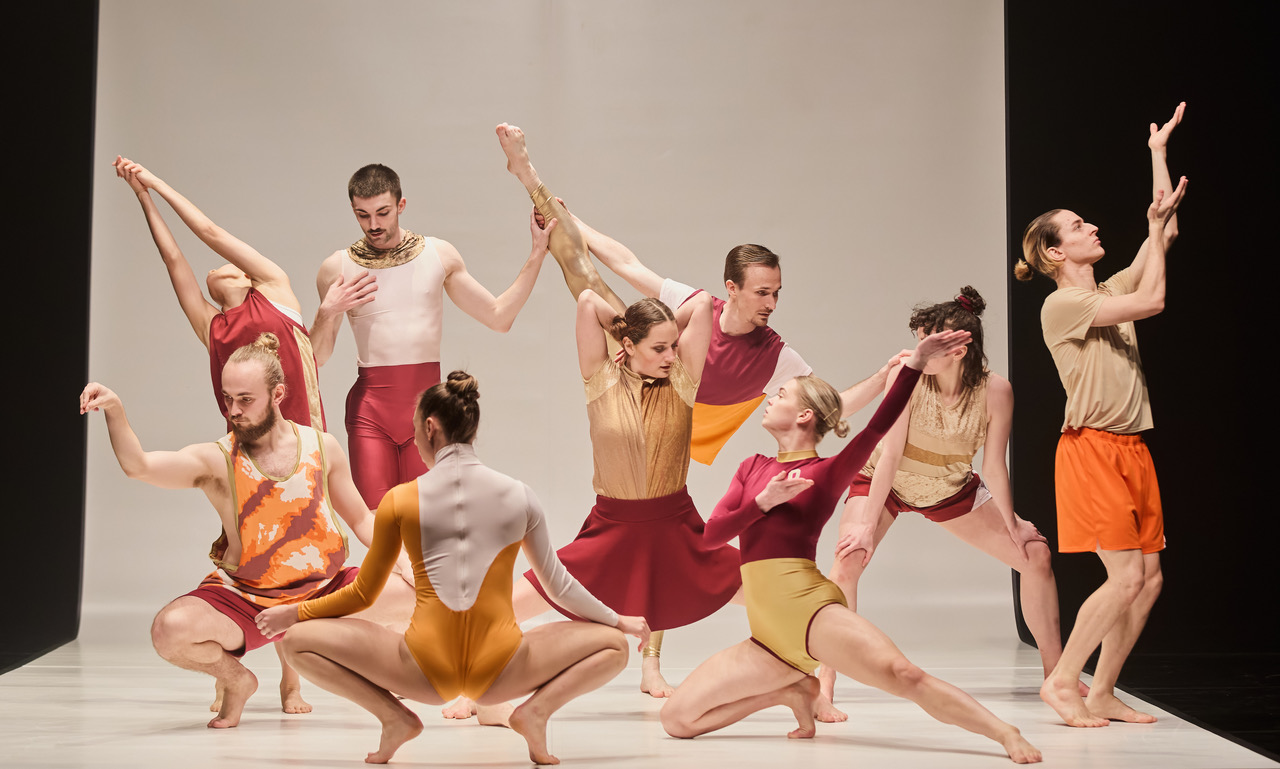Dance of Costume Design in Performance

Costumes, costumes, costumes... they are everywhere, aren't they? From festive occasions to theatrical performances and even on the silver screen in movies. During my time at the HKAPA, apart from dance, the discipline that truly captivated me was costume design at the School of Theatre and Arts Entertainment. Their students and professors were the ones we interacted with most, as they were responsible for crafting costumes and set designs for various other departments including Music, Drama and Chinese Opera.
And as we approach contemporary dance of the past two decades, one such designer has worked at length with some of its foremost creators. Let's hear what Rike Zöllner has to say! Check out the full episode here
Design for dance is a process: don’t come into the rehearsal room with strict plans to realize a fixed design.
The creative process is a cherished aspect of contemporary dance for me. Unlike ballet, which often involves revisiting historical repertoires and choreography, contemporary dance is a blank canvas, waiting to be painted anew. Both styles demand intricate steps and time, yet they approach the journey quite differently. In contemporary dance, you step into the process without a hint of what the first movements will shape up to be. This calls for an open mind, adaptability, and a willingness to contribute wholeheartedly to the collaborative venture.
Rike approaches costume design for dance much like a contemporary dancer approaches their craft. She enters the rehearsal space without rigid plans or fixed designs, immersing herself in the people, the surroundings, and the energy. These factors intertwine with her preconceived ideas, constantly shaping and reshaping the design through an ongoing dialogue both with the dancer as the subject and with herself as the creator. This dance between influences requires a delicate balance, knowing when to incorporate external input without diluting the core vision.
If a dancer doesn’t develop a relationship with the costume, it is a failure.
Dancers are inherently movers, adding an intriguing layer to the art of costume design. The challenge lies in making costumes that facilitate movement seamlessly. While I've encountered my fair share of wardrobe mishaps, the best designers have skillfully enabled me to embrace the stage with confidence, enhancing even my toughest of performances. Just as a costume should become an extension of the dancer, so too does Rike's approach fuse with the world of dance. She goes beyond viewing costumes as mere clothing with basic functionality, aiming to forge a profound connection between the wearer and the attire.
To Rike, a dancer's relationship with their costume is paramount—a litmus test often evident during fittings. Costume design, in many ways, is akin to tending to emotions. It involves absorbing, translating, and navigating a plethora of feelings, particularly within the intimate setting of a fitting room. The acceptance of a costume design by a dancer hinges greatly on the connection formed between the two. Consider a costume as an exquisitely sensitive and emotional entity; it acts as a second skin on stage, a protective "architecture" that becomes the dancer's personal sanctuary, setting them apart from the external world.
Don’t overdesign. Often with design for performance and dance, little is enough. It can easily look overdone.
The adage "less is more" has become a recurring theme in my journey as a dancer. Back during my youthful dance days, performances were laden with excessive movement and exaggerated expressions. Yet, as maturity took hold, I learned to embrace the principle of less is more. With each experience, I found comfort in settling into my own strengths, calming my nerves, and allowing other dimensions of my artistry to shine. This perspective doesn't diminish the brilliance of dynamic and virtuosic dancers; instead, it serves as a reminder that immense dance spectacles can also be achieved with graceful restraint. And no, I'm not referring to performance art or various postmodern anti-movement concepts either!
Rike carries with her a profound commitment to the concept of not over-designing. Often with design for live performance and dance, simplicity holds remarkable power. It's a delicate balance — too much can easily lead to an overly adorned appearance. Similarly, crafting costumes that evoke a sense of everyday wear or appear as no-costumes is both the most challenging and enjoyable aspect to ‘costume’. She often recalls the words of fellow researcher Donatella Barbieri, as they resonate deeply: Representation can get in the way of what is being represented.
Check out the full episode here
17.06.2024















